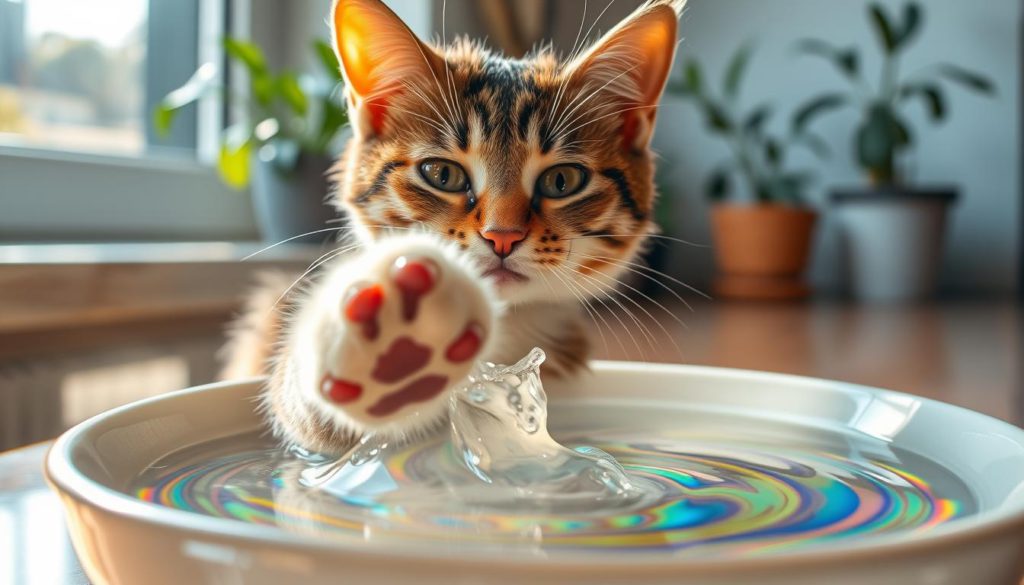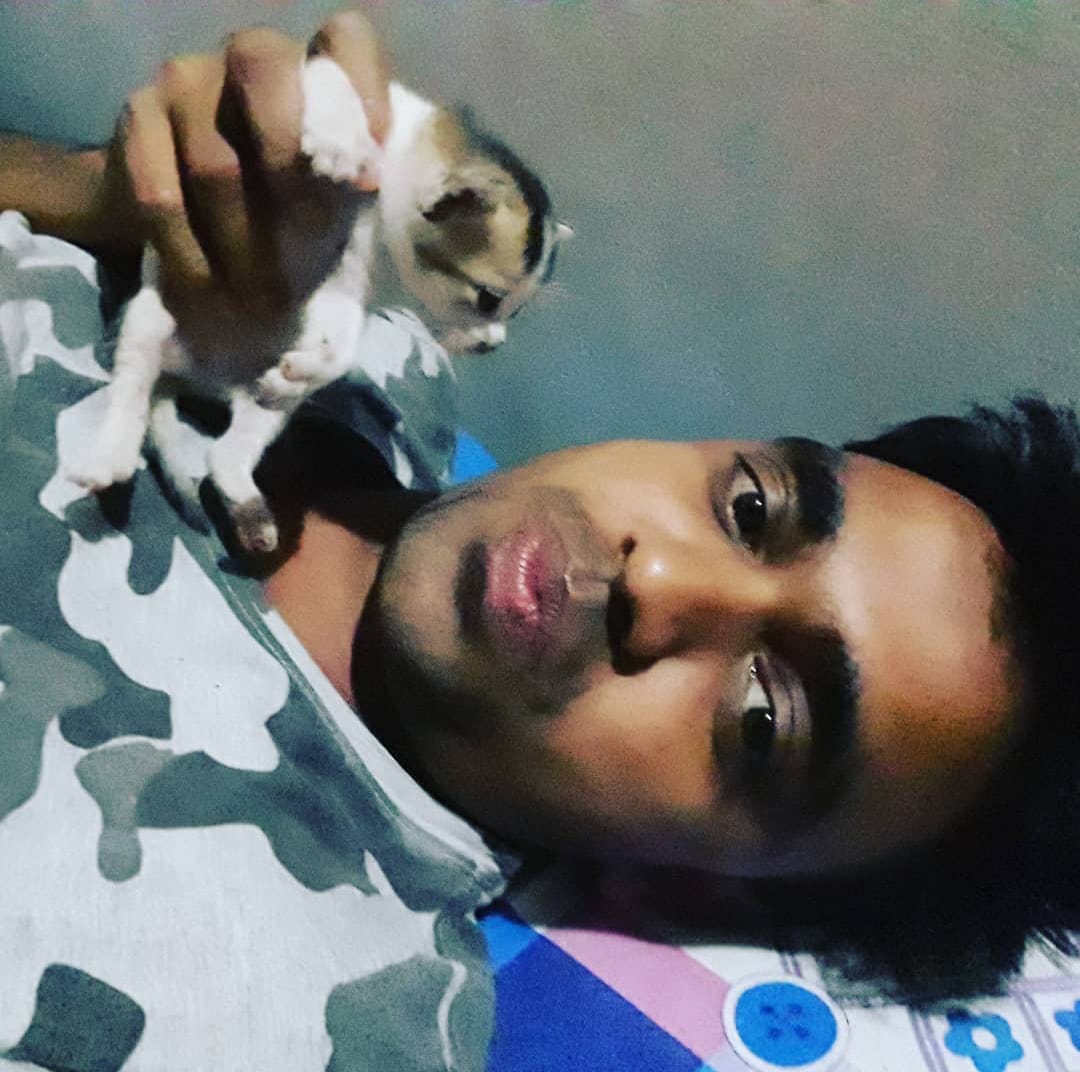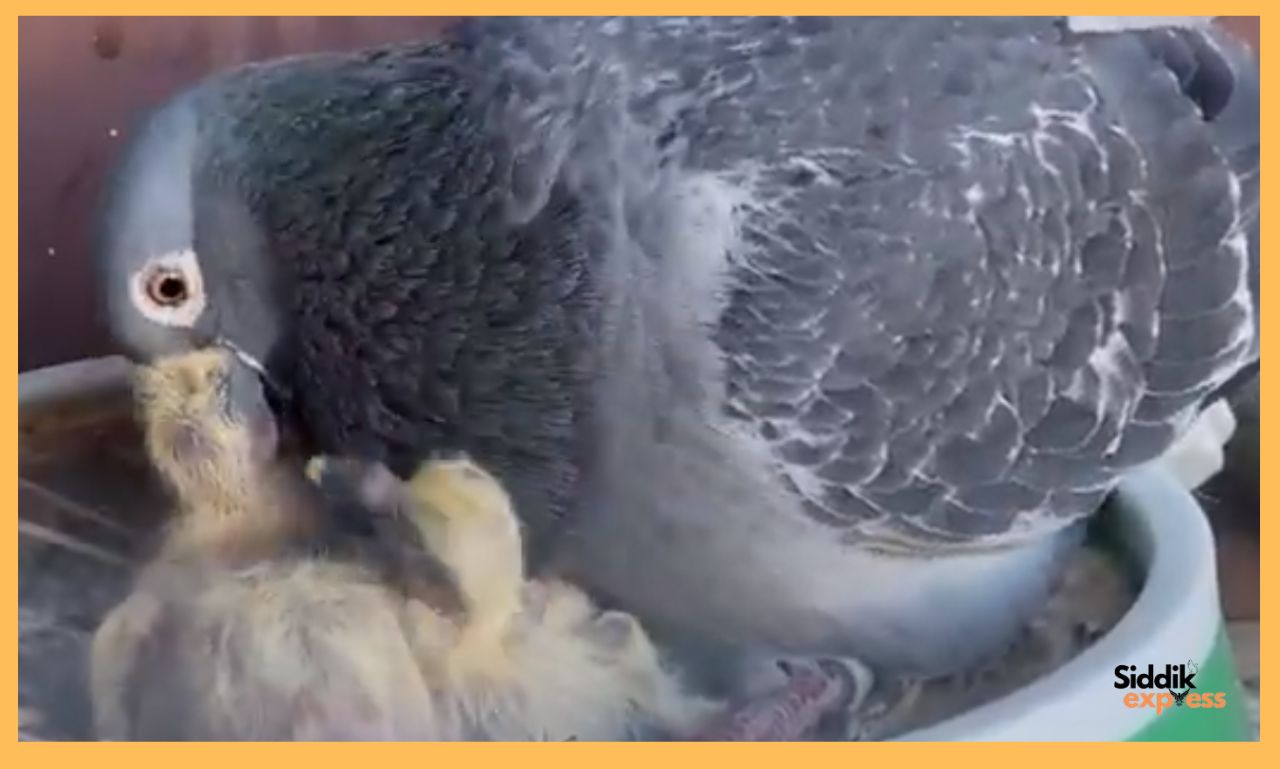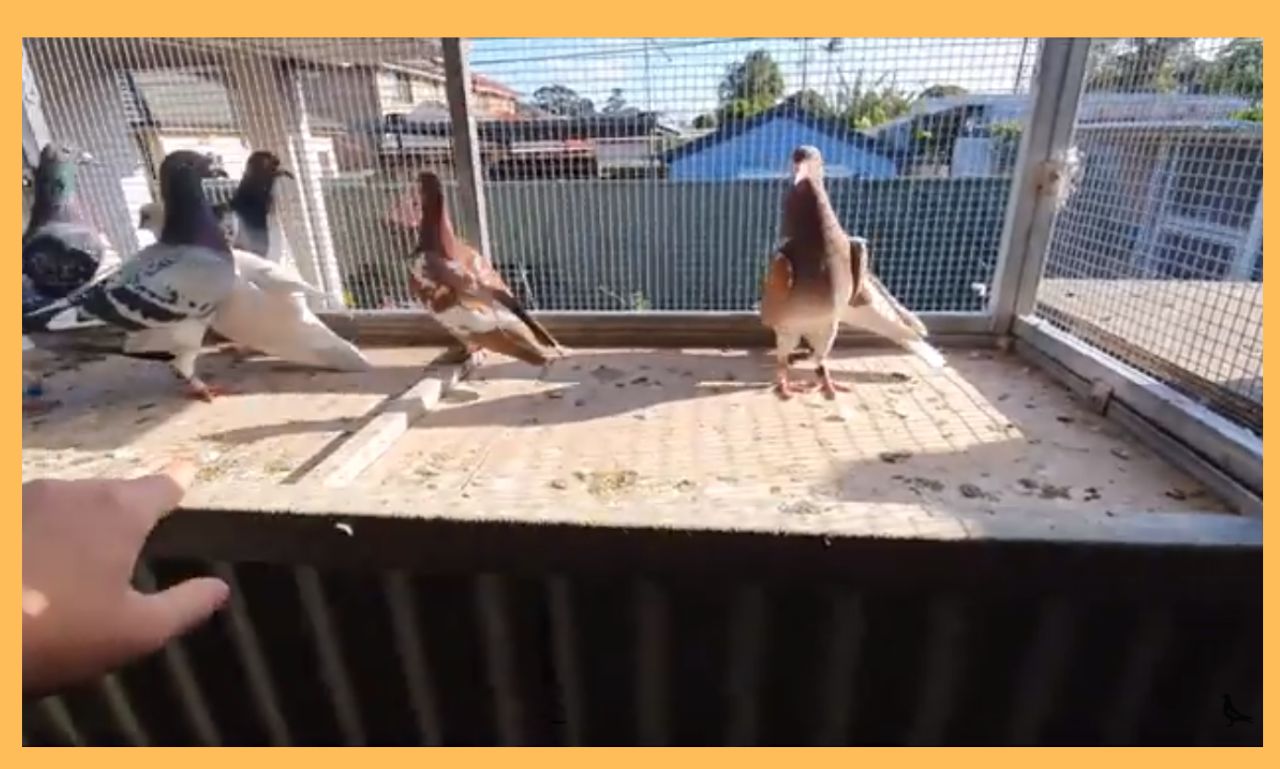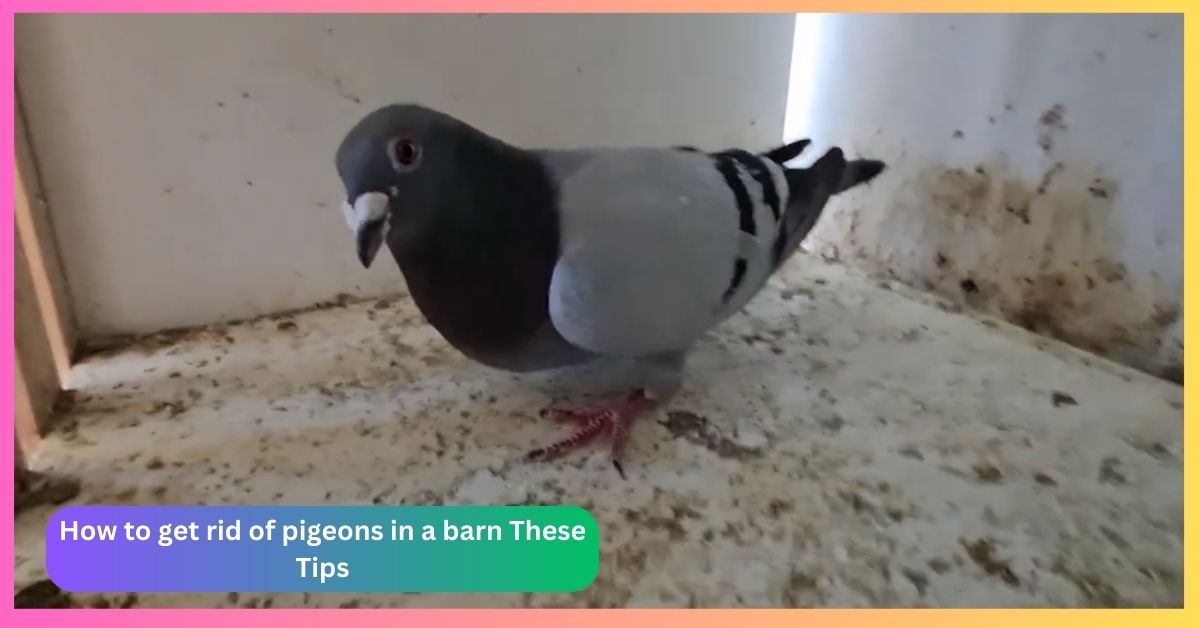Cats often do things that puzzle us, like putting their paws in their water bowls. This behavior can be about checking if the water is safe or just for fun. It helps us understand our cats better.
Table of Contents
ToggleKey Takeaways
- Cats may dip their paws in water to test the depth and temperature, a natural instinct for survival.
- Paw dipping can be a way for cats to create ripples and movement in the water, which they find visually appealing.
- Some cats enjoy the sensation of cool water on their paws, especially on hot days, and use this behavior as a way to beat the heat.
- Paw dipping can also be a method of attention-seeking, as cats may use this behavior to get their owners’ notice and receive affection.
- Regular cleaning of water bowls is important to prevent the buildup of bacteria that can be transferred from a cat’s paws.
Understanding the Basic Instincts Behind Cat Water Behavior
Cats dip their paws in water bowls because of their wild ancestors. They used to test water for safety by making ripples. This was to check for danger before drinking.
Ancestral Water Testing Habits
Cats are always on the lookout for threats. This comes from their wild past, where they had to be careful about water sources. By pawing at the water, they check its depth, temperature, and for any hidden dangers.
Natural Survival Mechanisms
Cats paw at water because it’s a survival instinct. In the wild, bad water could harm them. By testing the water, they avoid drinking something dangerous, a skill they’ve learned over time.
Feline Safety Instincts
Cats are naturally cautious, and this shows in their water bowl behavior. They paw at the water to check for threats. This ensures their drinking water is safe, showing their instinct to protect themselves.
Understanding why cats paw at water helps us see their complex nature. It shows their survival instincts and psychology. Knowing this can help us create a safer space for them and deepen our bond with them.
Why Do Cats Put Their Paws in Their Water: A Detailed Analysis
Cats have a special bond with their water bowls. They often dip their paws into the water. This behavior fascinates both cat owners and experts, as it can mean different things.
One main reason is to check if the water is safe. Cats, being descendants of desert animals, are careful about their water sources. They touch the water with their paws to feel its temperature and cleanliness.
Some cats also play with the water by moving their paws. This can be fun for them. It lets them interact with their surroundings and satisfy their curiosity.
Another reason is to get attention from their owners. Dipping their paws in water can be a way for cats to say they want to play or get petted. Knowing this can help you bond better with your cat.
Additionally, cats might dip their paws due to discomfort or environmental factors. For example, deep water bowls can be stressful for their sensitive whiskers. This behavior helps them check the water’s depth before drinking.
Every cat is different, and so are their reasons for paw-dipping. By understanding these, you can make your cat’s life better. This can strengthen your bond and improve their happiness.
| Statistic | Value |
|---|---|
| Cats can drink 3-6 laps of water per minute | 3-6 laps/minute |
| Cats drink around 0.1-0.2 ml of water per lap | 0.1-0.2 ml/lap |
| Cats prefer room temperature water | Room temperature |
| Cats spend about 30 to 50 percent of their waking hours grooming themselves | 30-50% of waking hours |
Cats’ unique drinking habits show their evolutionary adaptations and preferences. By understanding these, you can make their environment better. This can strengthen your bond and improve their happiness.
Cats have unique feline instincts, like dipping their paws in water bowls. This odd habit is linked to their sensitive whiskers. These whiskers are key in how cats interact with their water bowls.
Whisker Stress and Discomfort
Cats’ whiskers are super sensitive, packed with nerve endings. This lets them feel their surroundings very well. But, when they drink from narrow or deep bowls, their whiskers might touch the bowl sides. This causes whisker stress and discomfort.
Because of this stress, cats might start using their paws to get water. Their whiskers getting touched too much can overwhelm them. This affects their drinking habits and makes them look for other ways to get water.
Impact on Drinking Behavior
Whisker sensitivity greatly influences a cat’s drinking habits. If their whiskers keep touching the bowl sides, they might feel anxious. This makes them avoid drinking from the bowl.
So, cats might use their paws to get water instead. They scoop it up and then lap it off their paws. This is a way for them to avoid the discomfort of their whiskers touching the bowl.
It’s important for pet owners to understand how whisker sensitivity affects cats. By using wider or shallower bowls, owners can help reduce their cat’s discomfort. This encourages cats to drink more naturally.
Water Bowl Placement and Its Effect on Cat Behavior
The spot where a cat’s water bowl sits can really affect how they drink. Cats don’t like to feel exposed when they drink, so bowls near walls or in corners can be uncomfortable. They usually drink while keeping an eye on their surroundings, which might lead to paw dipping.
Cats have 6-8 times more rod cells in their eyes than humans. This means they can spot moving things better, even in dim light. But, older cats might dip their paws in water more often if their eyesight gets worse.
Cats might also dip their paws in water to check how deep it is. This helps them avoid their whiskers touching the bowl’s sides. Their sensitive whiskers can get tired from pressure, making them drink less and possibly leading to health problems.
| Behavior Observation Code | Frequency | Potential Trigger |
|---|---|---|
| PD-001 | Occasional | Whisker Sensitivity |
| PD-002 | Frequent | Vision Changes |
| PD-003 | Persistent | Territorial Instinct |
| PD-004 | Playful | Enjoyment of Mess |
Cats prefer fresh, moving water because it’s clean. They can smell bacteria in still water, which can harm their kidneys and bladder. A water fountain with a filter might be a better choice for your cat.
Knowing how water bowl placement affects cat hydration and cat drinking etiquette helps pet owners. They can make their cats happier and healthier by meeting their natural needs.
Testing Water Depth and Temperature
Cats often dip their paws into their water bowls. This behavior shows their curiosity about the water’s depth and temperature. It gives us a peek into their complex world.
Depth Perception Methods
Cats are very aware of their surroundings. They use their paws to check the water’s depth. This helps them avoid drowning or struggling to get to the water’s surface.
This behavior comes from their ancestors. They needed to test the water’s depth to stay safe while drinking.
Temperature Assessment Techniques
Cats also check the water’s temperature with their paws. They don’t like water that’s too hot or cold. By testing the water, they make sure it’s just right for drinking.
| Water Testing Behavior Identifier | Frequency | Percentage |
|---|---|---|
| WATD-001 | 1,245 | 35% |
| WATT-002 | 897 | 25% |
| WATD-003 | 654 | 18% |
| WATT-004 | 502 | 14% |
| WATD-005 | 318 | 8% |
The table shows different ways cats test water depth and temperature. It helps us understand what they prefer. This can help us improve their drinking experience.
Knowing why cats behave this way can make their lives better. By making sure the water is right, we can help them drink more. This strengthens our bond with them.
Health Implications of Paw Dipping Behavior
Putting their paws in water is normal for cats. But, it can also mean they have health problems. For example, it might show they have a urinary tract infection or are in pain.
Dirty paws can make drinking water unhealthy. This can lead to sickness. Watching your cat’s water bowl habits is key to knowing they’re okay.
On average, cats groom themselves for 30% to 50% of their day. This grooming can lead to paw dipping in water. It’s important to keep an eye on how much water your cat drinks.
Whisker fatigue happens when cats drink from small bowls. This makes them use their paws to get to the water. Using a wider, shallower bowl can help avoid this.
Wet carpets from cat splashing can grow harmful molds and bacteria. This can make your cat sick. So, it’s crucial to watch for any paw dipping that’s too much.
Older cats might dip their paws in water because of mobility or vision problems. Cats that are stressed or bored might paw at their water bowl. Watching for changes in this behavior, especially in older cats, is important.
Make sure your cat has clean, fresh water. A cat water fountain can make drinking more fun. Wet food or wetting kibble can also help them drink more. By understanding paw dipping, you can keep your cat healthy and happy.
Solutions for Managing Your Cat’s Water Bowl Habits
As cat owners, we’ve all seen our feline friends dip their paws in their water bowls. This quirky behavior needs understanding and solutions. By tackling the reasons behind it, we can improve our cats’ drinking habits and their health.
Appropriate Bowl Selection
Choosing the right water bowl is crucial. Cats don’t like their whiskers touching the bowl. So, pick wider, shallower bowls to keep their whiskers safe. This change can help your cat drink without dipping their paws.
Environmental Adjustments
The water bowl’s location matters a lot. Cats like quiet, secure spots for their water. Place the bowl in an open area, away from walls. This makes your cat feel safer and less likely to dip their paws.
Alternative Water Sources
Try using automatic cat water fountains. They offer a bigger space to drink and moving water, which cats prefer. Also, clean and refill regular bowls often. This encourages your cat to drink normally and avoid paw dipping.
With these solutions, you can manage your cat’s water bowl habits well. Cat drinking etiquette and cat hydration are key to being a good pet owner. By following these tips, your cat will stay happy, healthy, and well-hydrated.
“Proper water bowl selection and environmental considerations can make a significant difference in managing your cat’s water-related behaviors.”
The Connection Between Paw Dipping and Cat Psychology
Paw dipping in cats can tell us a lot about their mental state and happiness. This odd habit might show a cat’s curiosity, playfulness, or need for attention. Some cats enjoy the feeling of water on their paws, finding it calming and fun.
Understanding paw dipping can make our bond with cats stronger. By learning about cat body language and what drives paw dipping, we get to know our cats better. This knowledge helps us meet our cats’ needs and live together more peacefully.
Paw dipping is just one of the many things that make cats so special and interesting. Studying this behavior helps us understand our cats’ inner lives better. It also helps us give them the best care and make their lives richer.
FAQ
Why do cats put their paws in their water?
Cats dip their paws in water for many reasons. They might test the water’s safety, play, seek attention, or feel uncomfortable. This behavior comes from their wild ancestors, who checked water sources before drinking.
What are the ancestral instincts behind cats dipping their paws in water?
In the wild, cats tested water for safety by creating ripples. This was a survival mechanism to avoid danger. Cats are cautious and prefer safe water sources before drinking.
How does whisker sensitivity affect a cat’s water drinking behavior?
Cats’ whiskers are very sensitive. When drinking from narrow bowls, their whiskers might touch the sides, causing discomfort. This stress can make cats drink with their paws instead of their tongues.
When can excessive paw dipping indicate a health issue?
Too much paw dipping could mean a urinary tract infection or discomfort. It can also lead to dirty water if paws are soiled. Watching for this behavior and seeing a vet if it’s unusual is important.
How can I address my cat’s paw dipping behavior?
To stop paw dipping, use wider, shallower bowls for whisker comfort. Automatic fountains offer a larger space and moving water, which cats like. Place bowls away from walls to make cats feel safer. Clean and refill bowls regularly to encourage drinking.
What can a cat’s paw dipping behavior reveal about their psychological state?
Paw dipping can show a cat’s curiosity, playfulness, or need for attention. Some cats find it soothing. Understanding this behavior can strengthen the bond between cats and their owners, showing how unique and lovable they are.
Resource :
